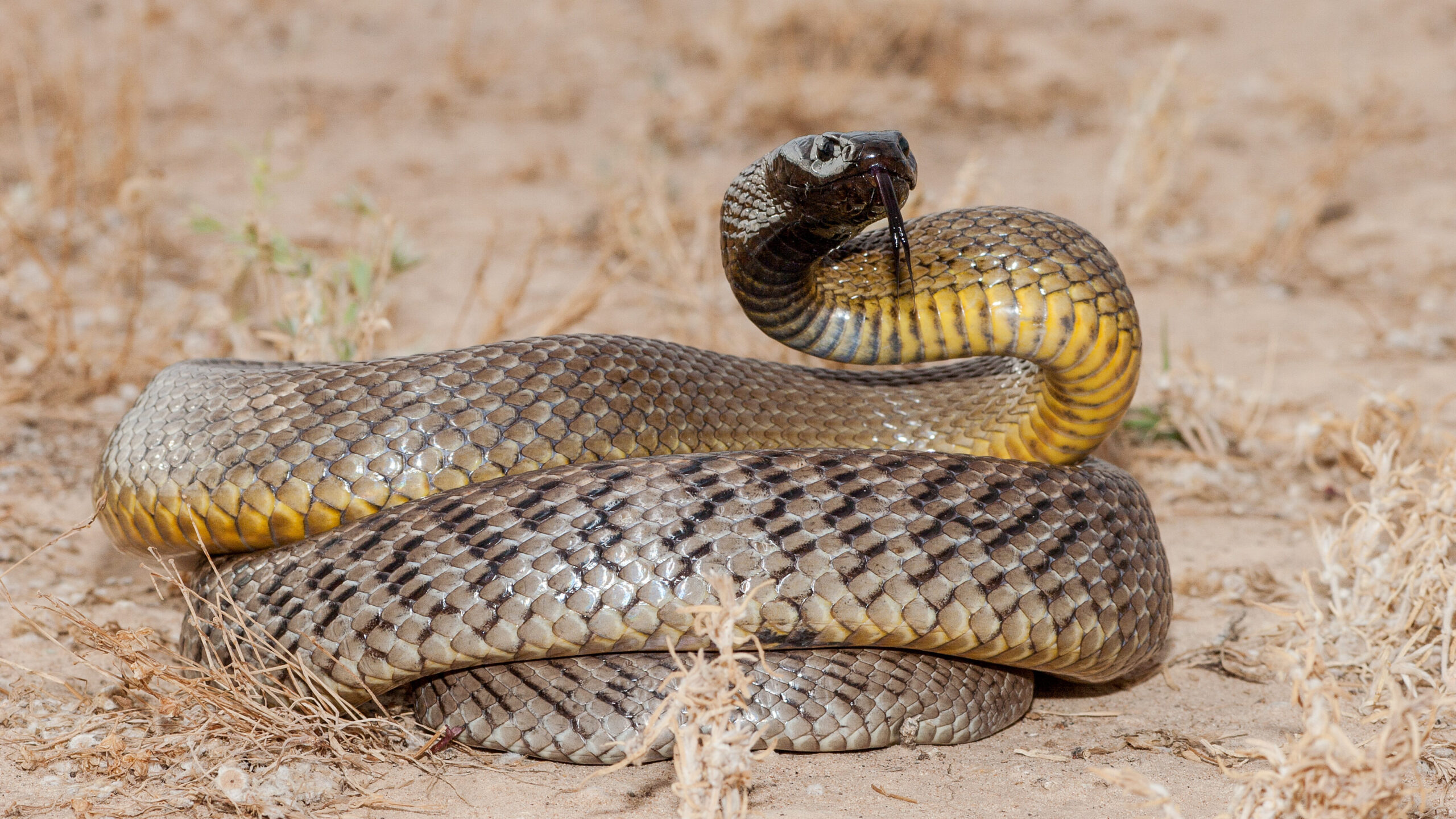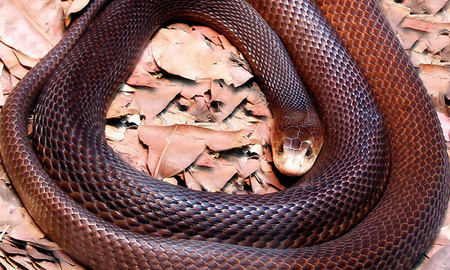Introduction
When it pertains to the remarkable world of serpents, few species record the creativity quite like the infant tiger serpent. Understood for their distinct coloration and potent venom, these snakes are an integral part of Australia's unique ecosystem. In this extensive short article, we will look into numerous elements of infant tiger serpents, including their habits, environment, and just how to safely interact with them. Whether you're a wildlife lover or simply curious about these creatures, comprehending infant tiger serpents can assist foster a much deeper appreciation for nature.
Baby Tiger Snakes: What You Need to Find Out About Their Actions and Habitat
What Are Child Tiger Snakes?
Baby tiger snakes are juvenile types of the very poisonous types known clinically as Notechis scutatus These serpents are largely discovered in coastal regions of Australia, especially in Tasmania and southern Victoria. As they grow, their pigmentation adjustments from an extra low-key scheme to the characteristic yellow and black bands that give them their name.
One notable facet of infant tiger serpents is their size; hatchlings generally measure around 25-30 cm in size. Despite their small stature, they possess a shocking quantity of venom that can be harmful to people common tree snake if bitten.
Physical Characteristics
Tiger snakes possess a number of vital physical traits:
- Coloration: The unique banding pattern typically comes to be much more noticable as they mature. Size: Adults can reach sizes of approximately 2 meters. Body Shape: They have a robust body that aids in swimming and earthbound movement.
Where Do Infant Tiger Snakes Live? Comprehending Their Habitat
Understanding the habitat preferences of baby tiger serpents is vital for both preservation initiatives and public safety and security. These snakes prosper in different atmospheres:
- Wetlands: Marshes and swamps supply enough hunting grounds. Coastal Regions: Commonly located near beaches where they can search for prey. Woodlands: Dense plants uses cover from predators.
Geographical Distribution
Tiger serpents are mainly located along Australia's southern coastline, consisting of:

- Tasmania: Home to among the most well-known populations. Victoria: Specifically in areas near water bodies.
Are Tiger Snakes Venomous? A Deep Dive into Their Venom
One typical question emerges when talking about child tiger snakes: "Are https://www.tumblr.com/annoyingpeacecupcake/766035311740534784/snake-bites-first-aid-a-comprehensive-pdf-guide tiger serpents venomous?" The answer is an unquestionable yes!
Venom Composition
The venom of tiger snakes consists of neurotoxins that can trigger paralysis, coagulopathy (blood clot issues), and possibly fatality if unattended. Here's what you need to understand:
- Effects on Humans: An attack from a tiger serpent can cause signs and symptoms like swelling, discomfort at the bite website, nausea or vomiting, and even respiratory system failure.
Comparison with Various other Venomous Snakes
In comparison to various other Australian snakes such as the eastern brownish snake or king brown serpent, tiger serpent poison is taken into consideration among the most powerful. Nevertheless, deaths are uncommon as a result of enhanced clinical therapies and access to antivenom.
Behavioral Patterns of Baby Tiger Snakes
Understanding how child tiger serpents behave is vital for those who reside in or check out locations where these reptiles are prevalent.
Nocturnal Habits
Most infant tiger snakes show nocturnal actions. They tend to forage for food during cooler night temperatures. This versatility helps them stay clear of killers while enhancing their searching efficiency.
Hunting Techniques
Their searching techniques include:
- Ambush Predation: Waiting inactive till victim comes close. Active Foraging: Actively moving via plant life or along rivers trying to find food.
First Aid for Serpent Bites: What You Must Know
Despite being interesting animals, encounters with infant tiger serpents can lead to dangerous situations if attacks take place. Knowing first aid procedures can save lives.
Immediate Steps After a Bite
Remain calm; panic raises heart rate. Immobilize the affected arm or leg utilizing a splint or bandage. Seek prompt medical interest-- antivenom may be necessary.Creating a Serpent Bite First Aid Kit
A well-prepared emergency treatment set should include:
|Product|Objective|| ------------------------------|--------------------------------------|| Compression bandage|To incapacitate the limb|| Splint|Maintains busted bones or joints|| Antihistamines|Eases allergies|| Emergency situation get in touch with numbers|Quick accessibility throughout emergency situations|
Common Misconceptions Regarding Tiger Snakes Debunked
Many myths border these appealing reptiles; allow's clarify some misconceptions frequently held by people.
Myth # 1: All Tiger Snakes Are Aggressive
While some people might display defensive habits when intimidated, not all tiger snakes screen aggression in the direction of people unless provoked.
Myth # 2: Infant Tiger Snakes Are Less Dangerous Than Adults
This myth can not be even more from the reality! Infant tiger serpents contain almost as much poison as grownups about their size; thus they posture substantial threats if bitten.


FAQs Regarding Infant Tiger Snakes
What do baby tiger snakes eat?- They mostly take in small creatures, birds, frogs, and fish.
- Look for slim bodies with faint banding patterns that come to be much more obvious as they mature.
- Yes! Birds of target and bigger reptiles may target them.
- Typically every couple of weeks as they grow rapidly during their early life stages.
- While some individuals do maintain them unlawfully without permits because of their hazardous nature; it's generally not recommended given their venomous status.
- With timely clinical treatment-- consisting of antivenom-- the survival price is high!
Conclusion
In summary, comprehending baby tiger snakes-- what they consume, where they live, how they behave-- can equip us with beneficial expertise about these amazing yet hazardous creatures. The importance of education bordering first aid actions can not be overstated; recognizing just how to react efficiently after a bite could save lives while fostering respect for our crawling next-door neighbors within Australia's abundant biodiversity range.
By valuing these snakes' functions within communities-- and acknowledging prospective hazards-- we promote conjunction as opposed to fear-based responses toward one another's existence in nature's grand tapestry! Whether you're a serious hiker contemplating your next experience or just interested concerning local wildlife encounters near home-- this overview functions as your trusted recommendation point on the enigmatic world occupied by our buddies-- the wonderful baby tiger snake!